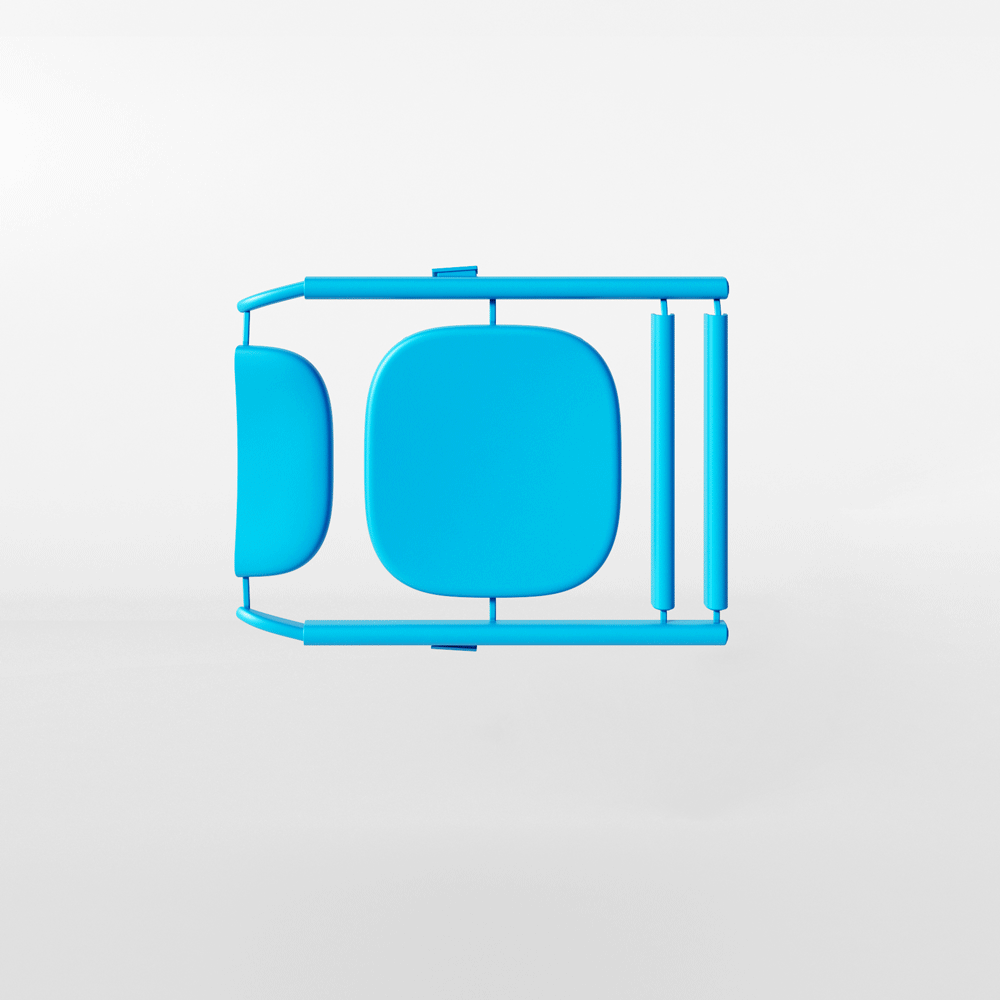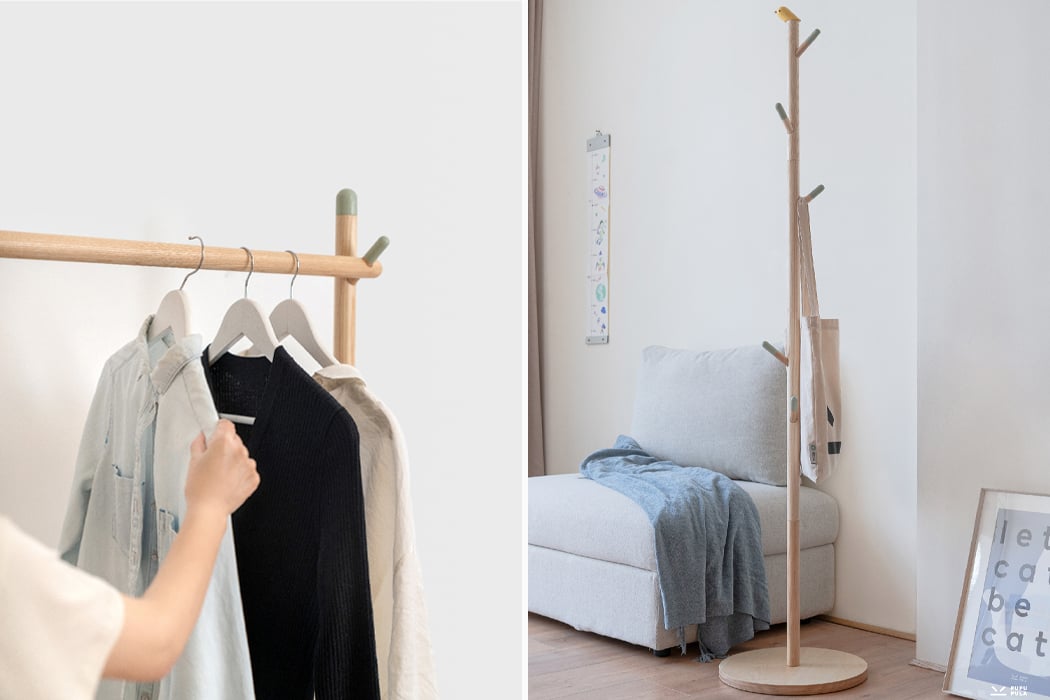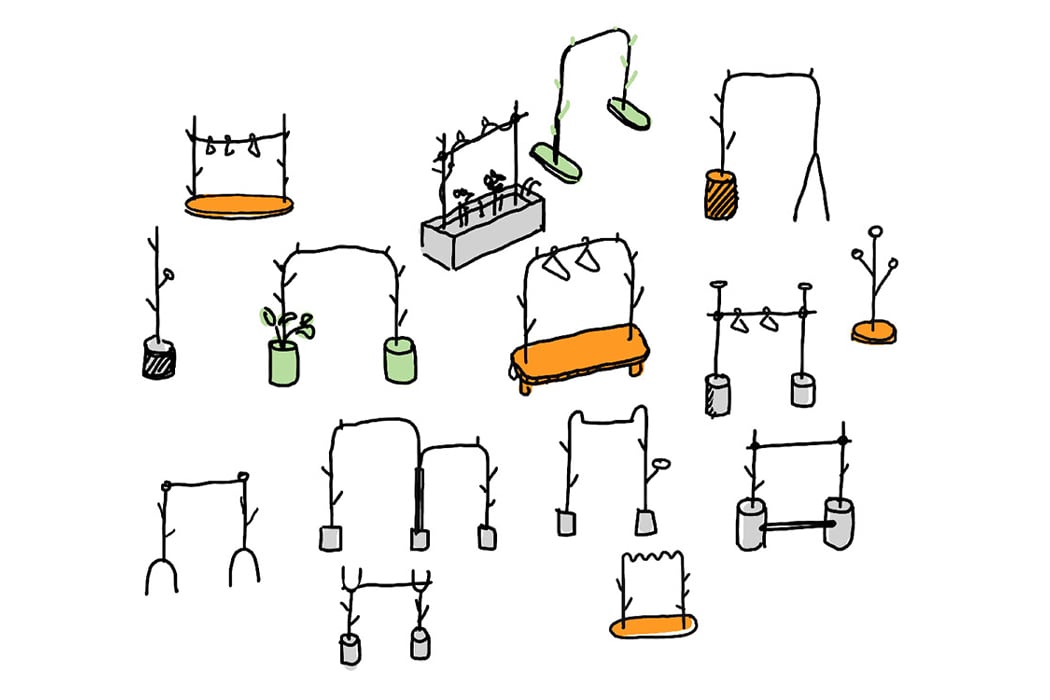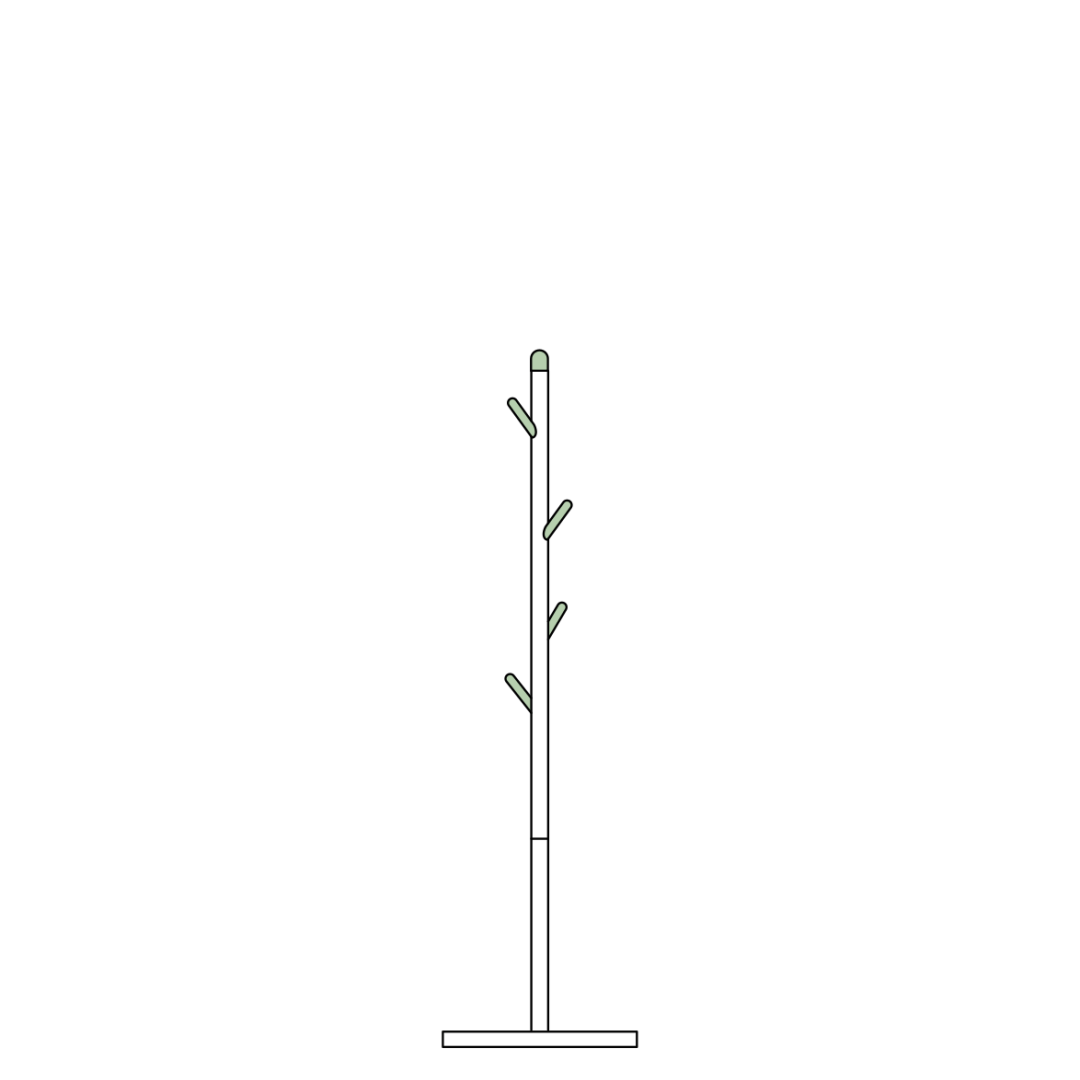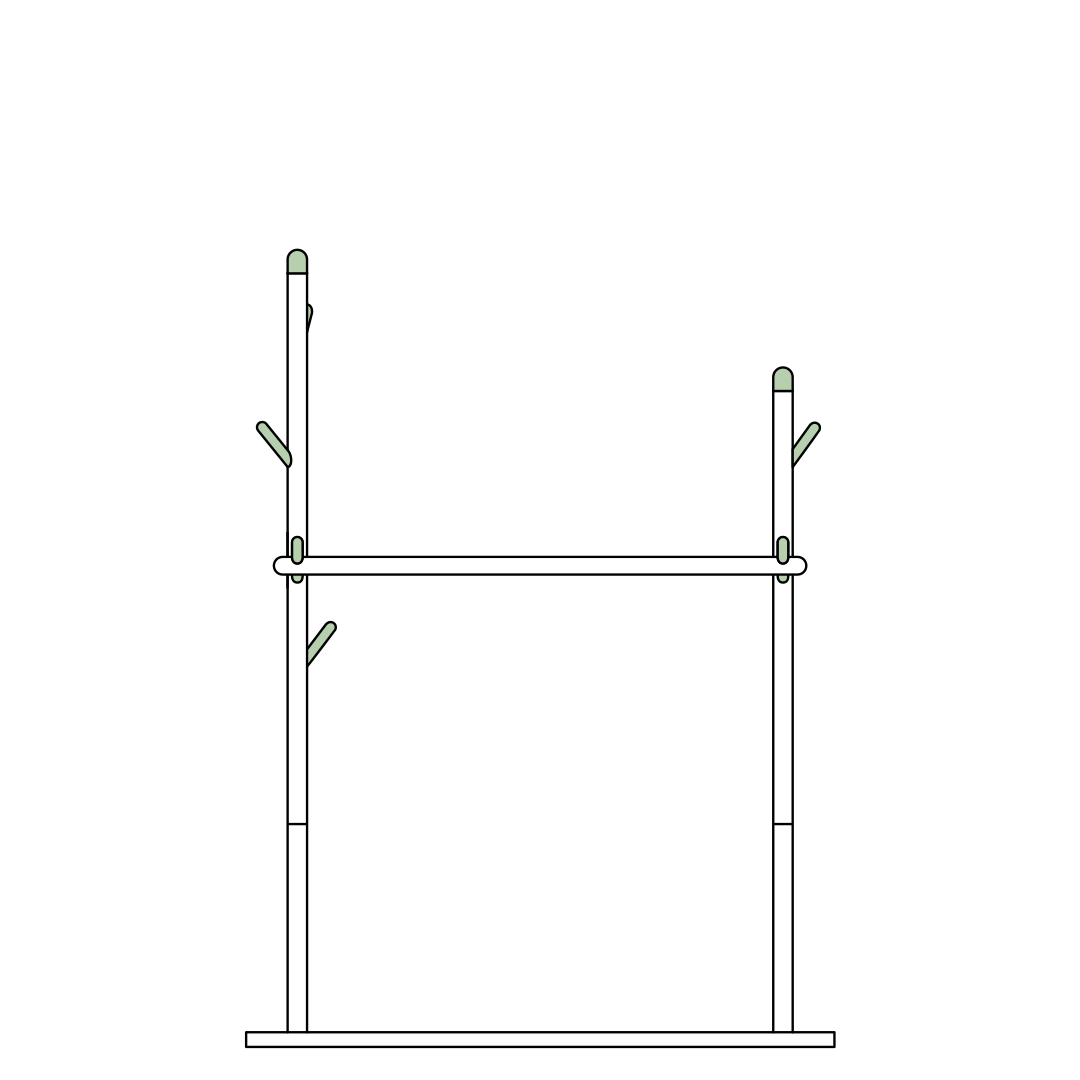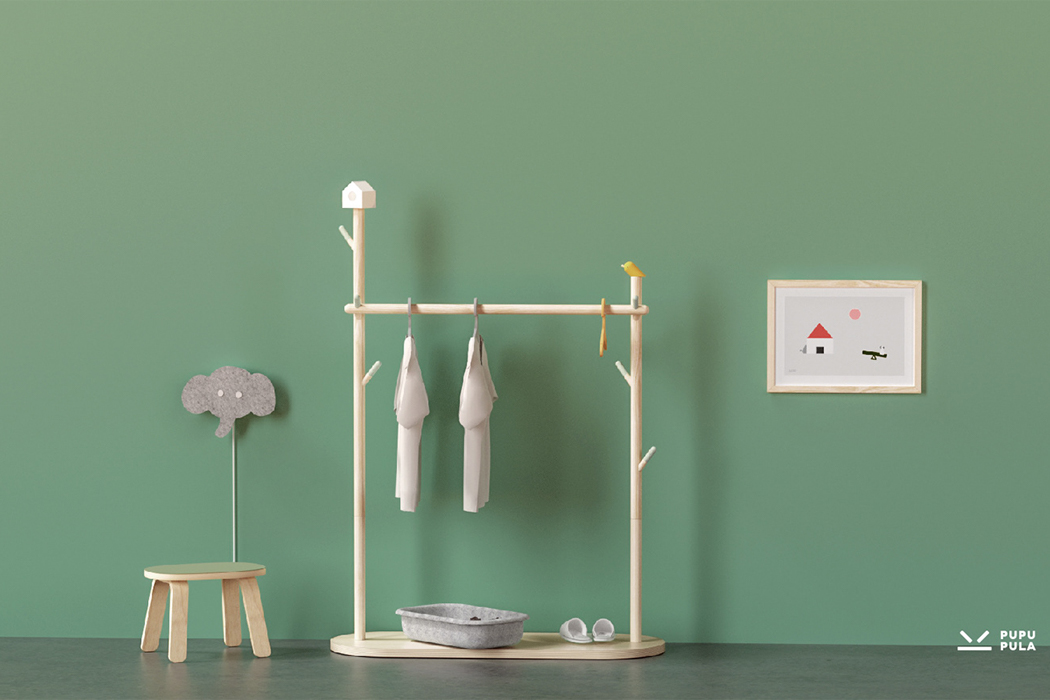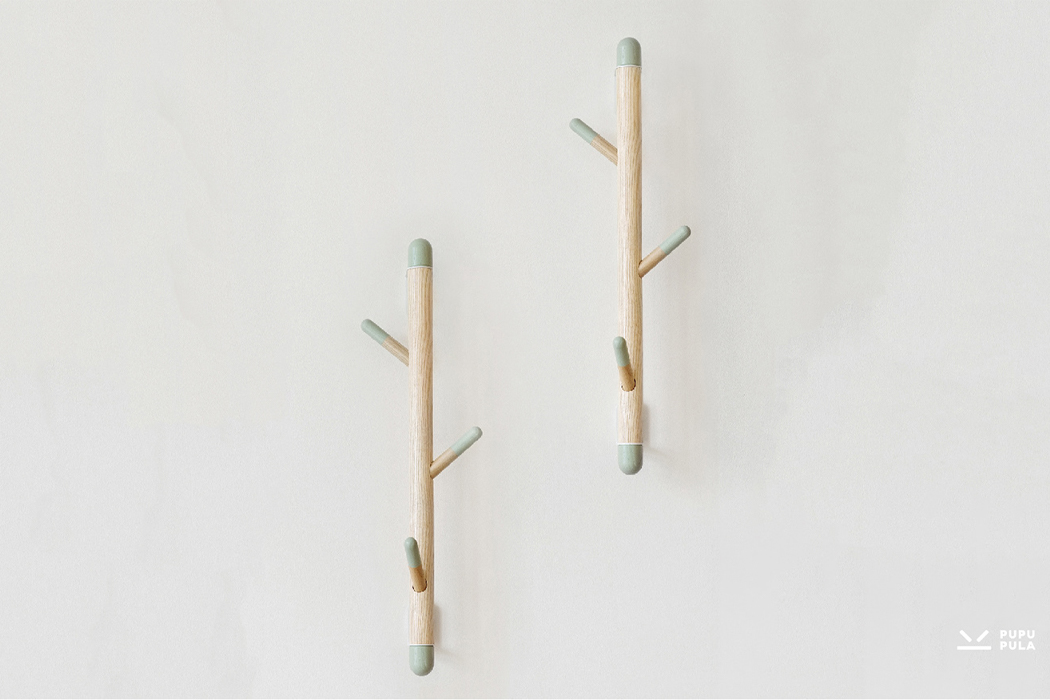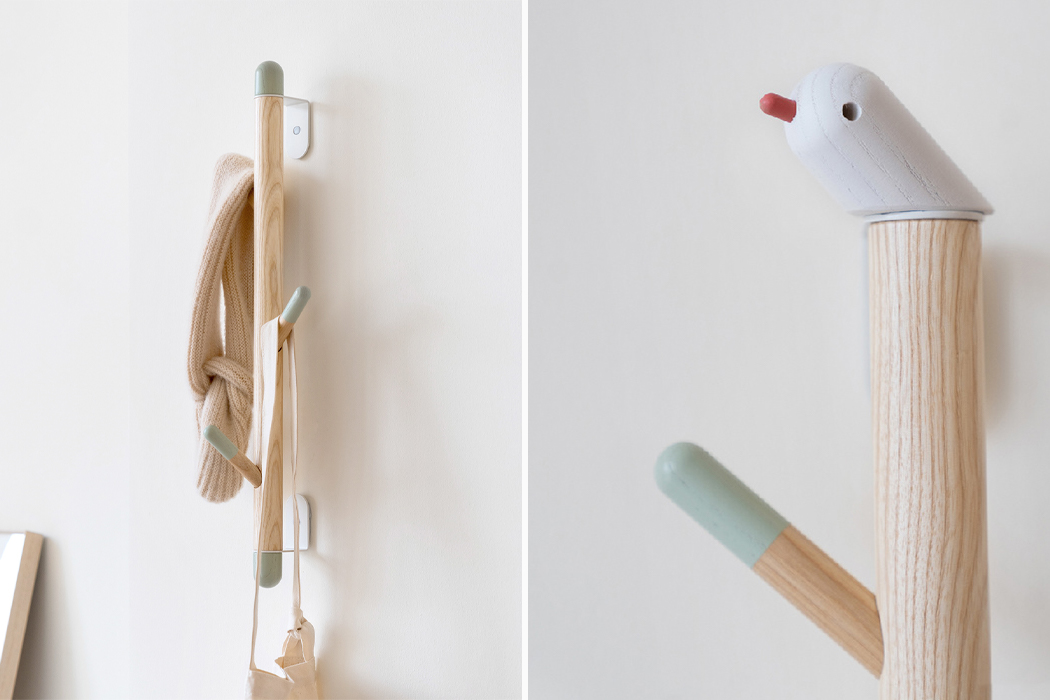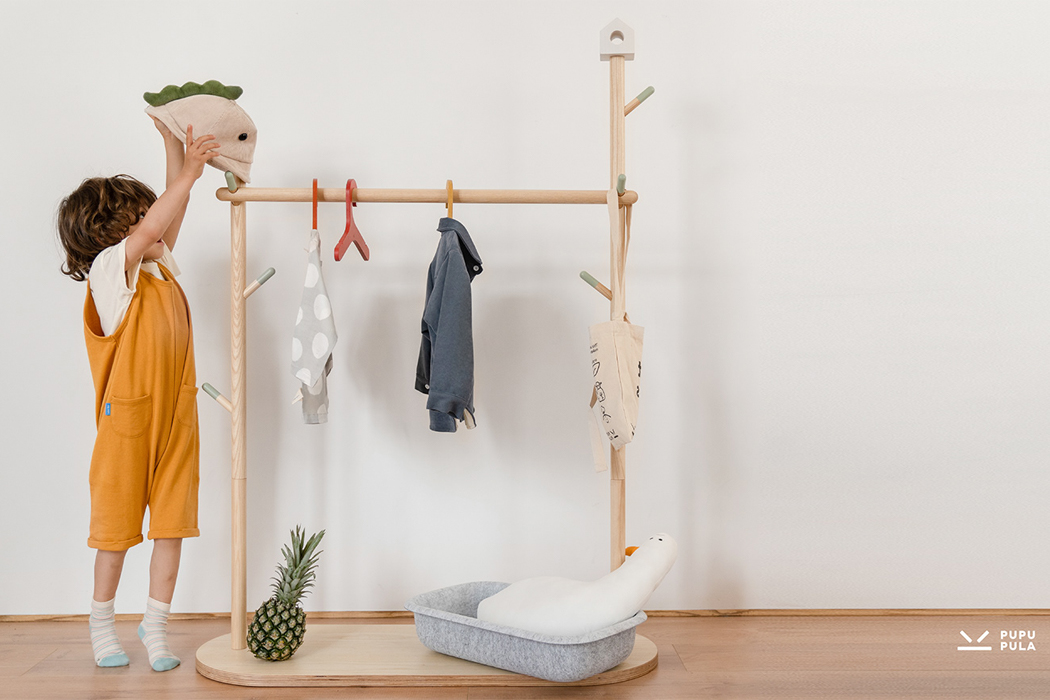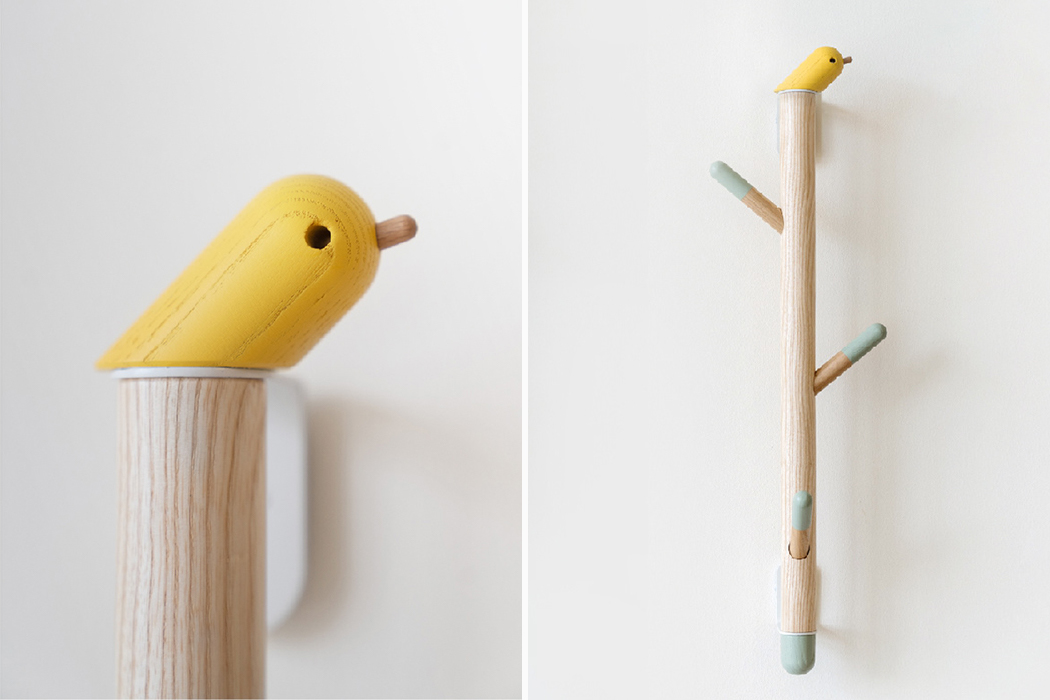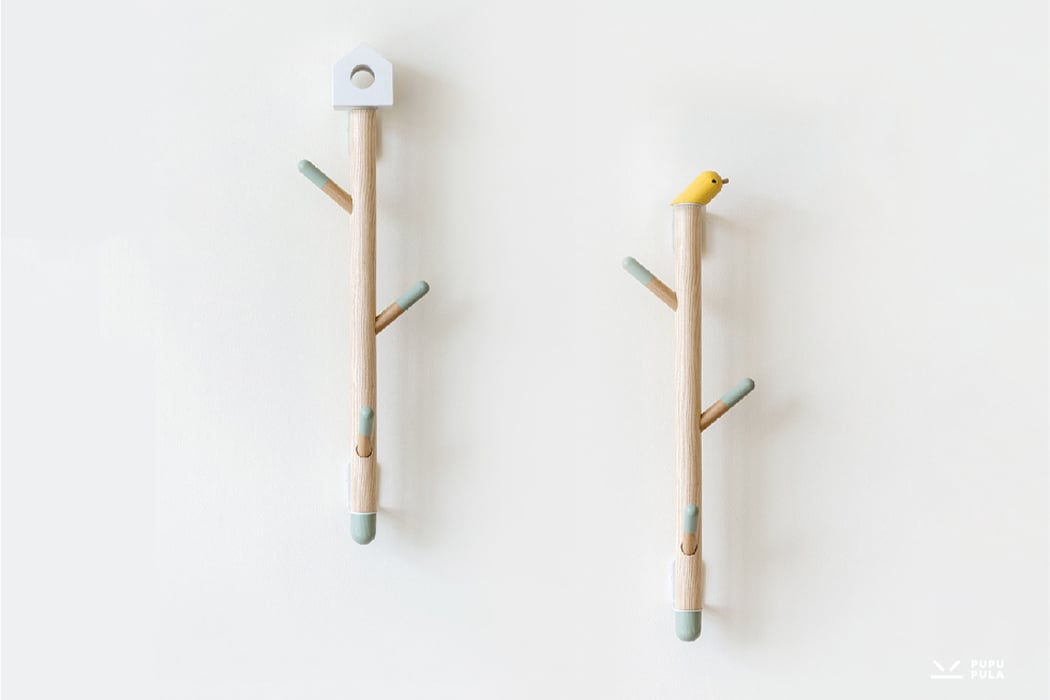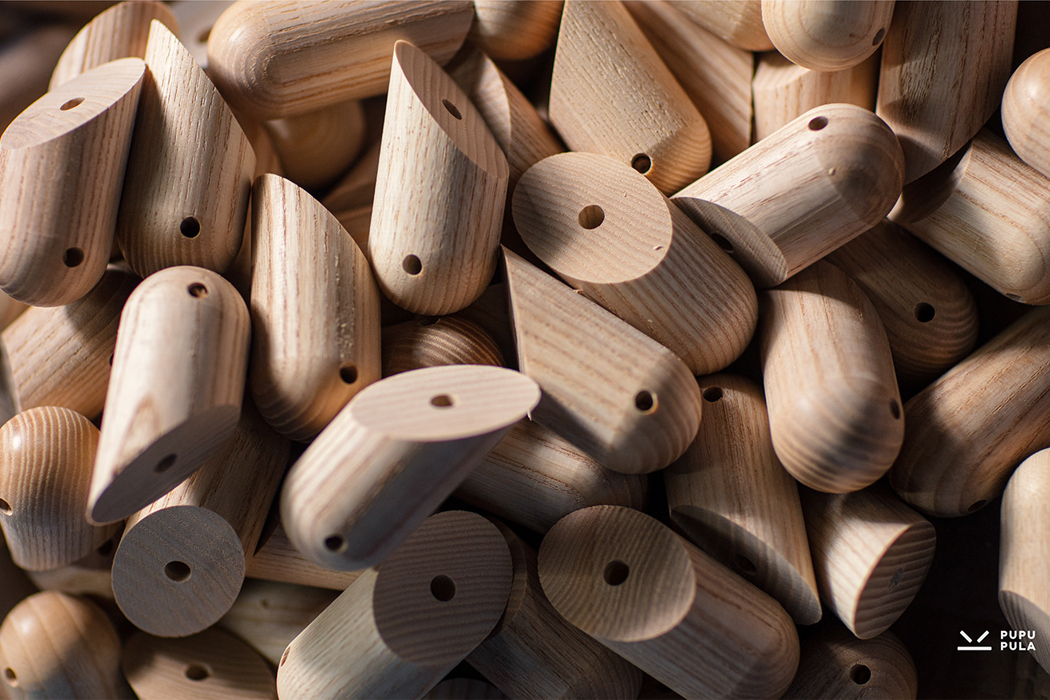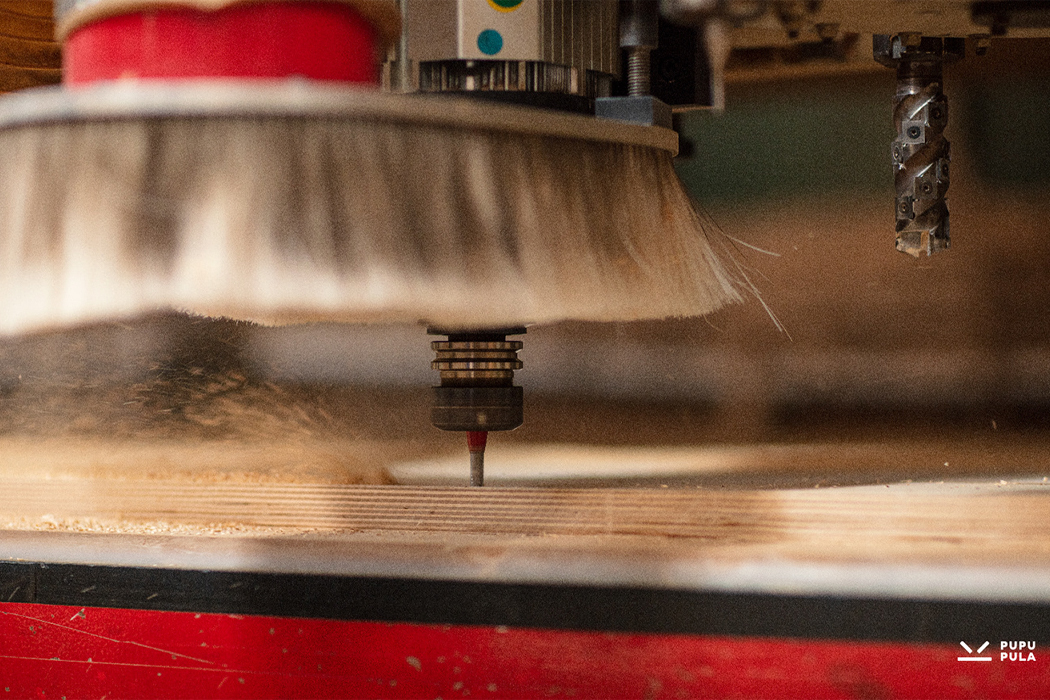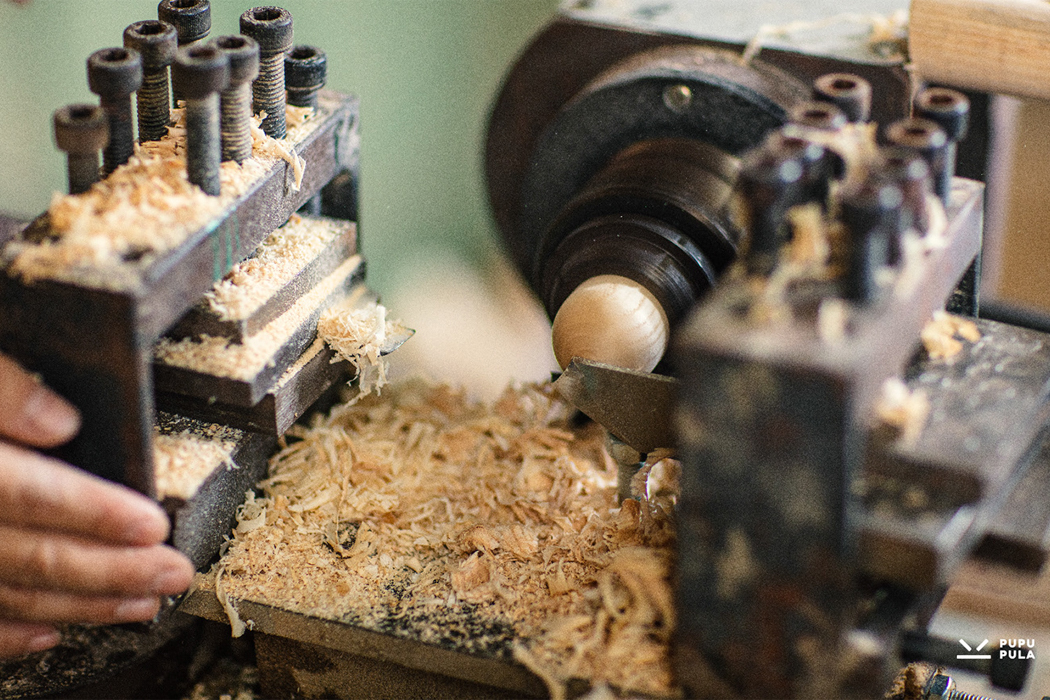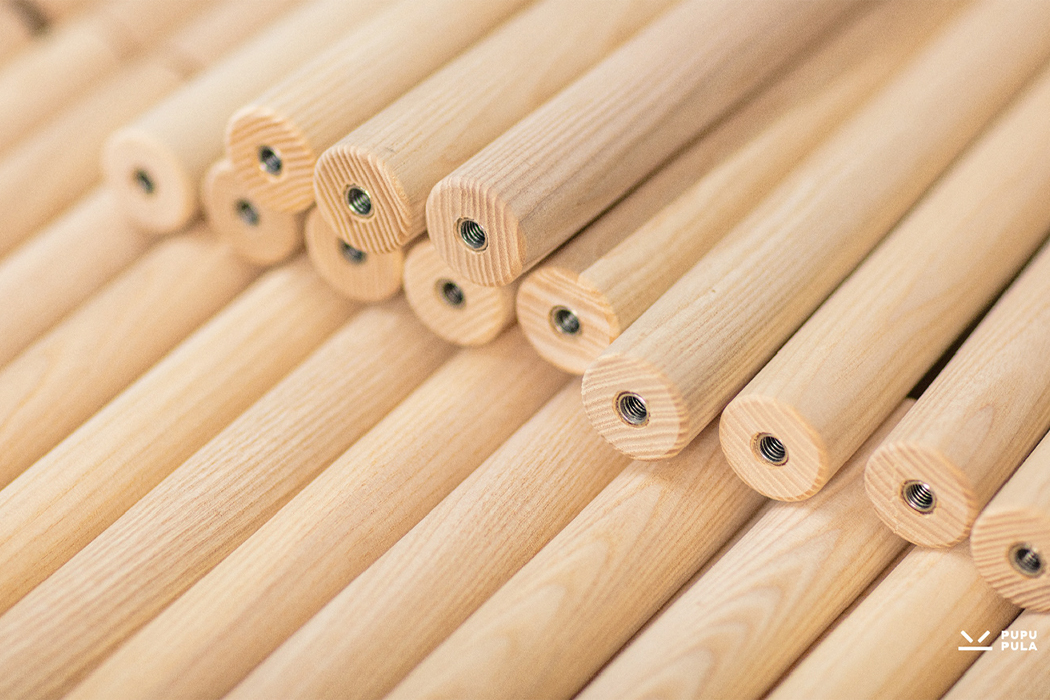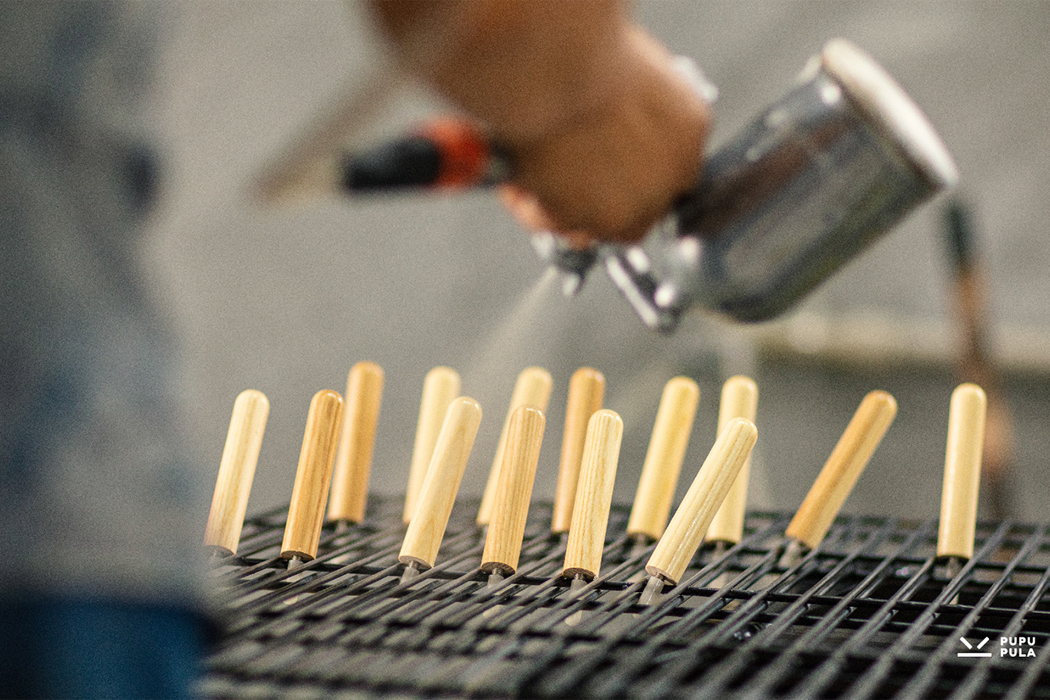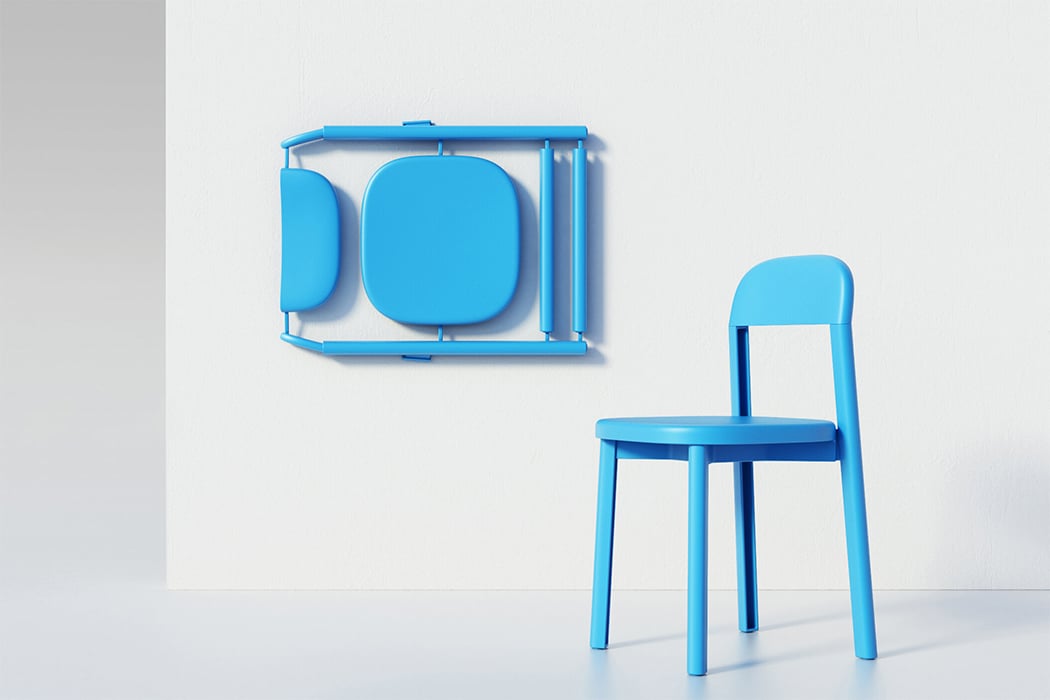
Chairs are one of the most common projects given to design students because it takes a lot of creativity to turn an everyday mundane object that has already been redesigned a million times into something innovative – it is the design world’s equivalent of “How will you sell me this regular pen?” Designers Martinelli Venezia and Alessandro Stabile discussed the idea of a chair that represents the contemporary world, in terms of production technology, sales methods, and features. The chair had to be an iconic, democratic product, meant to be sold online, and explored the theme of hyper-seriality.
Chair 1:1 was born after a rigorous five-year design process. Venezia and Stabile had finally achieved their goal and created a mountable/demountable chair whose every piece was molded in one go. This optimized the mold size, speeded up production, and reduced waste drastically when compared to a traditional chair. “The chair is sold just as it comes out of the mold, bypassing several steps; it will be the buyer who will complete the process: this is what we call hyper-seriality,” says the designer duo. “When looking at the Chair 1:1, it is inevitable to have a blast from the past, remembering the boxed toy kits. As in that case, there are no screws nor bolts: assembly is effortless and immediate. Mounting an object makes a bond with it and makes you feel its full value; it builds an affection that stops you from getting rid of it.”
The fastening elements of the individual parts are made to be easily producible and extremely resistant. It has been designed to be easily stored, shipped, and transported – 26 boxed up chairs take up only 1 square meter which is the key to increasing online sales as well as shipping sustainably! “While designing, we have often wondered whether in a world saturated with products, it was right to work in the direction of hyper-seriality with a material such as plastic. We believe, however, that the real mistake is to combine it with other materials that make it hard to recycle as well as to use it for packaging or in disposable products,” explain Venezia and Stabile. A sustainable product also has a long lifespan which reduces the need to replacement and therefore reduces excessive consumption as well as production waste which is why Chair 1:1 is made with single-material.
Designers: Martinelli Venezia and Alessandro Stabile
